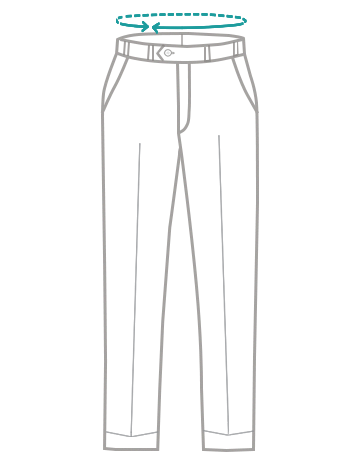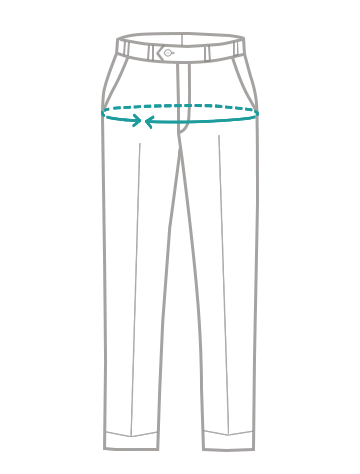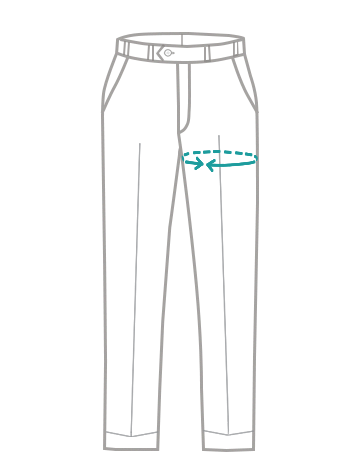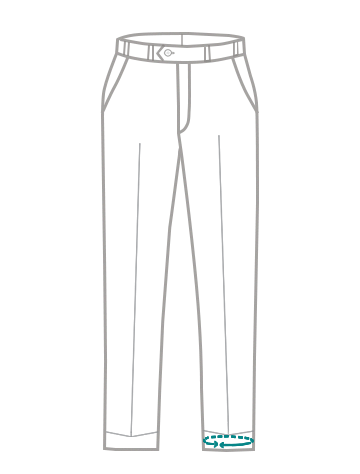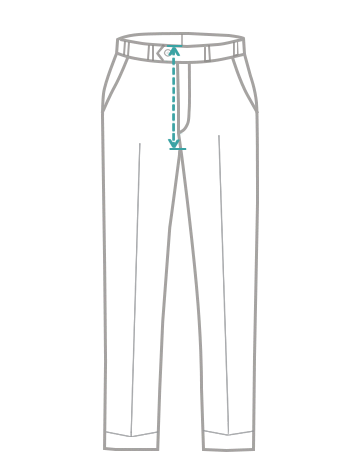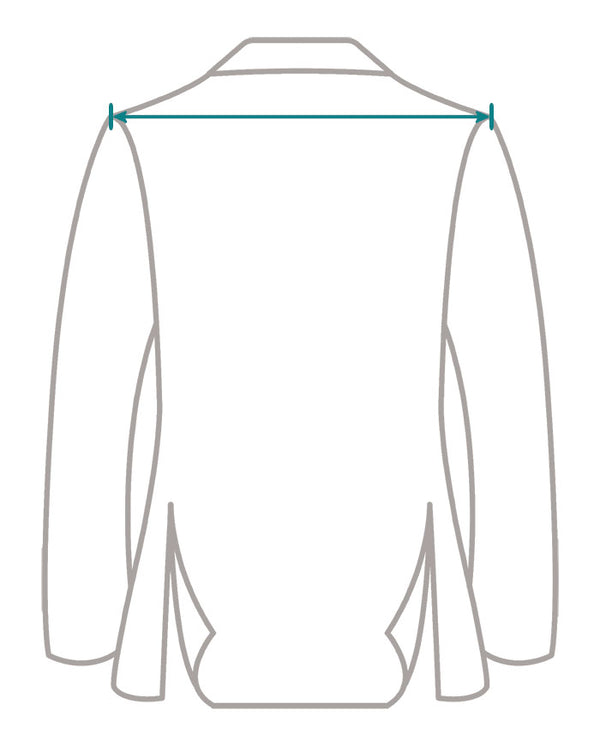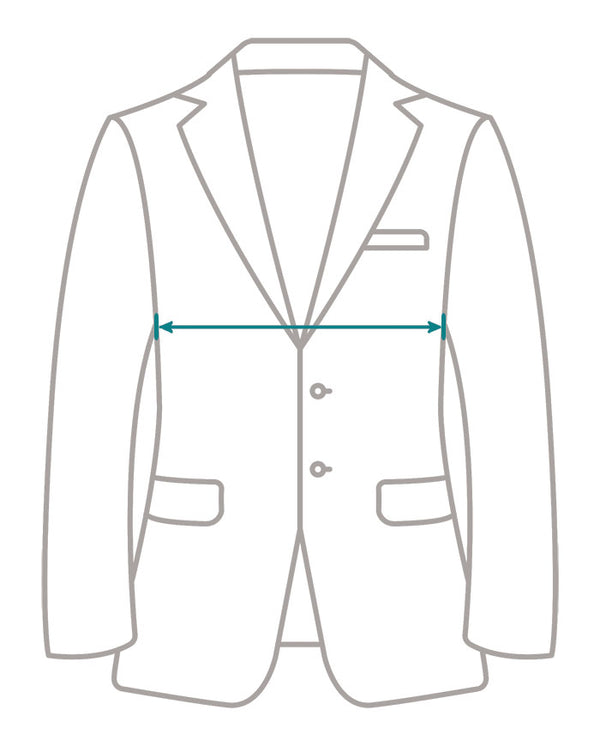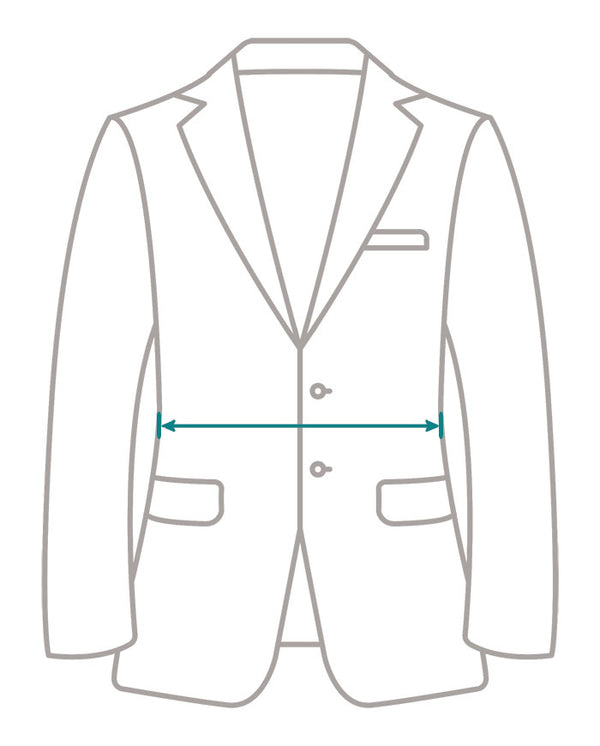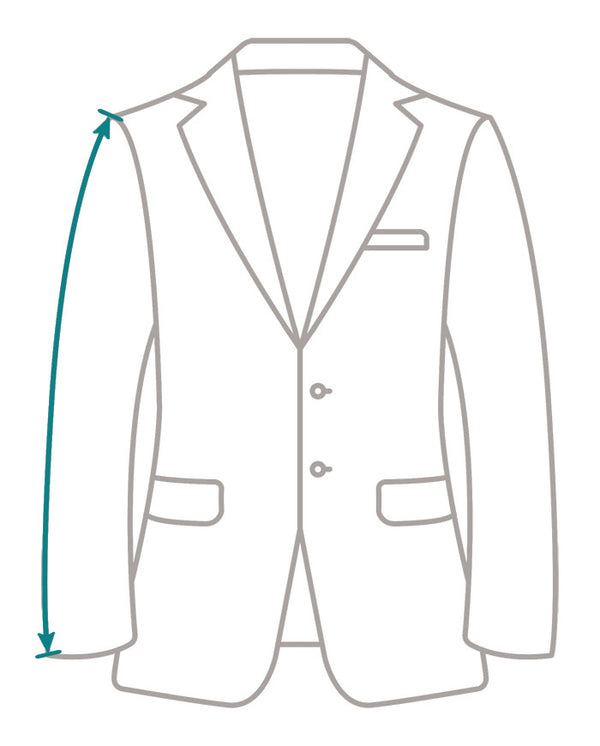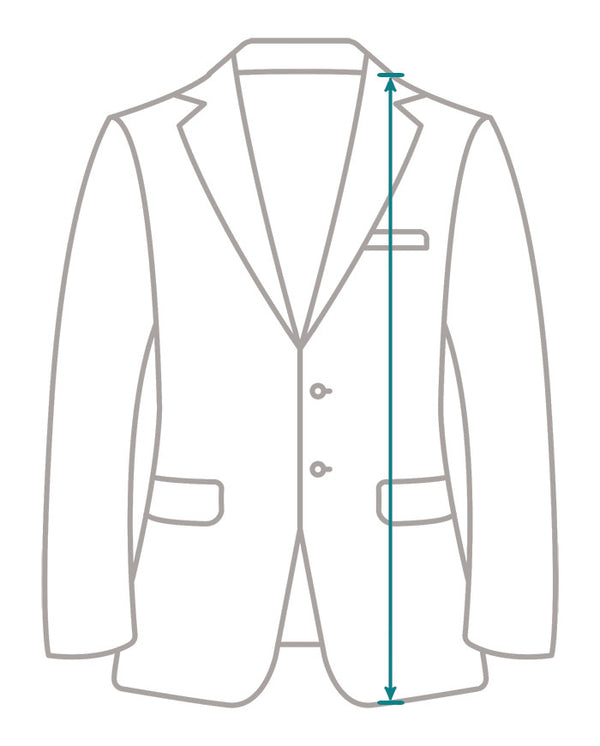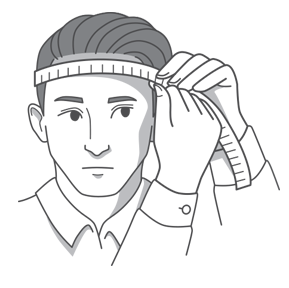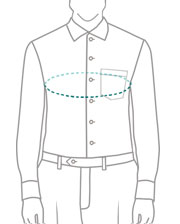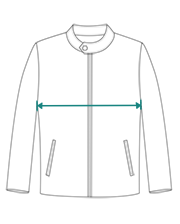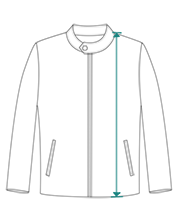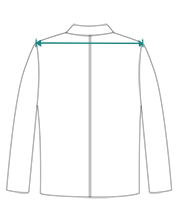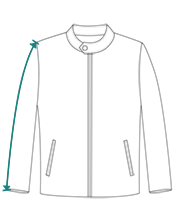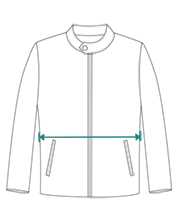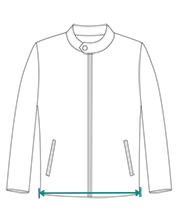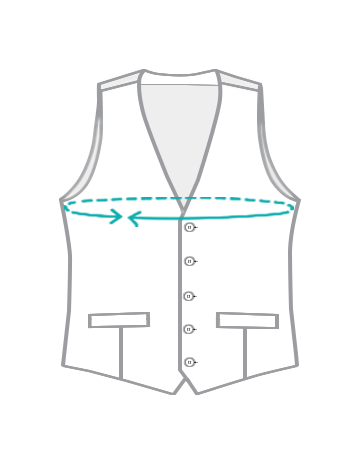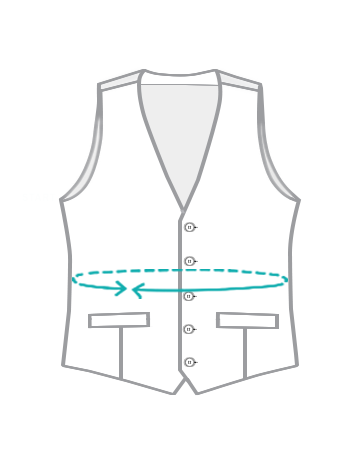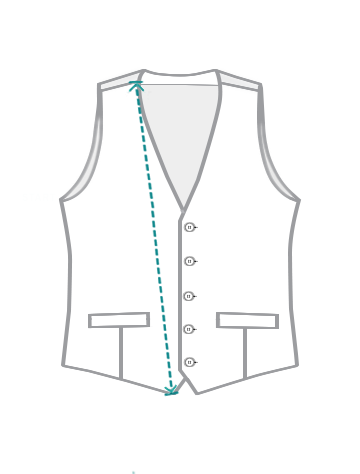We've talked about some of types of leather on our blog, but we've yet to discuss the different
forms. The truth is that most people don't realize just how many different forms of
leather there are. They assume leather is leather, with no real distinguishable differences. But subtle nuances between the different forms of leather can make a world of difference in its appearance and characteristics.
Chrome-Tanned Leather
Originally invented back in the mid 1850s, chrome-tanned leather is created using a special chemical known as chromium sulfate along with various chromium salts. It's become the leading and most popular form of leather on the market, and for good reason: it is supple, soft and more pliable that other forms of leather. Furthermore, it doesn't lose its shape drastically when exposed to water.
Some people refer to chrome-tanned leather as "wet-blue" leather, a name derived from its light blue coloring that's created through chrome tanning. Chrome-tanned leather takes about 24 hours to complete, which is a fraction of the amount required to produce other forms of leather.
Vegetable-Tanned Leather
The second most popular form of leather is known as vegetable-tanned leather. As the name suggests, it's created using tannins and other compounds that are readily found in vegetables, trees and fruits. Vegetable-tanned leather has a distinct neutral brown color with various shades depending on the chemicals used during its tanning. According to some experts, vegetable-tanned leather is the only form of leather that's acceptable to use in leather stamping and carving.
Unlike chrome-tanned leather, vegetable-tanned leather is
not suitable in water. When exposed to water for a prolonged length of time, it begins to change color. And once it's removed from the water, it will shrivel up, shrink and become very weak/brittle. In some cases, this can be beneficial, such as when Boiled leather is being produced, but normally you'll want to avoid exposing your vegetable-tanned leather to water.
Aldehyde-Tanned Leather
A third form of leather is known as aldehyde-tanned leather. Also known as wet-white leather due to its cream/white coloring, it's commonly used in automobile upholstery and shoes for infants. This unique form of leather doesn't involve the use of chromium. Instead, it's created with glutaraldehyde or oxazolidine compounds, offering a distinct look with characteristics similar to that of chrome-tanned
leather.


